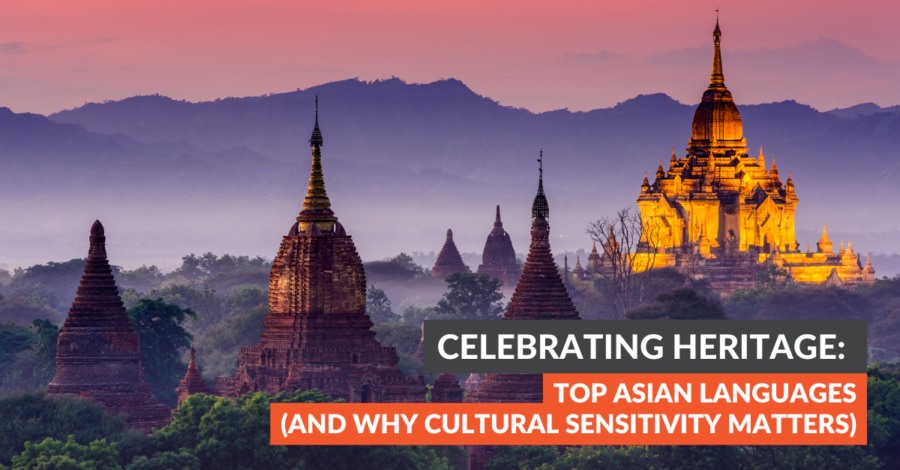
May is Asian American and Pacific Islander (AAPI) Heritage Month, a time to celebrate the vibrant cultures, languages, and legacies of Asian and Pacific Islander communities and languages around the globe.
Language is the tool that our team uses to support organizations and individuals worldwide – so during this month of reflection and recognition, we pause to honor the stories told, preserved, and passed on through the Asian languages our remote interpreters and translators are often privileged to work with.
Whether through real-time interpreting or carefully crafted translations, our work creates moments of clarity, encourages dignity, and strengthens connections. Through every conversation our clients have, there is a culture. Within every document, there is a history. Behind every request, there is a human being navigating systems, seeking belonging, or advocating for themselves or others.
In honor of Asian American and Pacific Islander (AAPI) Heritage Month, we want to share a little more about some of the Asian languages themselves – where they’re spoken, what they represent, and the resilience of the people who carry them forward.
Mandarin Chinese
Mandarin is not only the most spoken language in the world, it’s one of the oldest. Evolving over thousands of years, Mandarin has shaped philosophy, poetry, medicine, and commerce across East Asia. Today, it is the primary language of mainland China and Taiwan and widely spoken in global diasporas, from San Francisco to Singapore.

Chinese characters are logographic, meaning each symbol carries meaning beyond sound – a reflection of a deeply visual, layered linguistic tradition.
Vietnamese
With origins in the Austroasiatic language family and strong Chinese and French influences, Vietnamese is spoken by over 80 million people. The Vietnamese community is one of the largest Asian diasporas in the United States, especially in California and Texas.
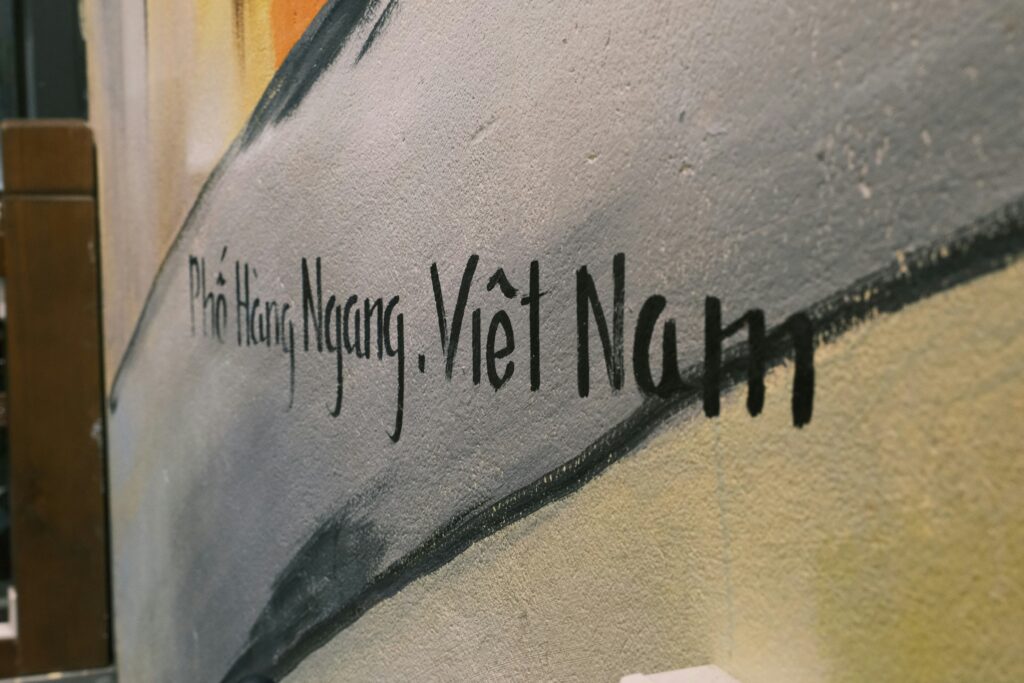
The language is tonal, lyrical, and rich with proverbs and expressions that reflect deep cultural values like filial piety, perseverance, and harmony. Vietnamese is also the language of a resilient refugee community whose stories continue to shape the fabric of American society.
Rohingya
The Rohingya people are a stateless ethnic group from Myanmar (formerly Burma), and their language – Rohingya – is not officially recognized in most countries. It is closely related to Chittagonian, spoken in parts of Bangladesh.
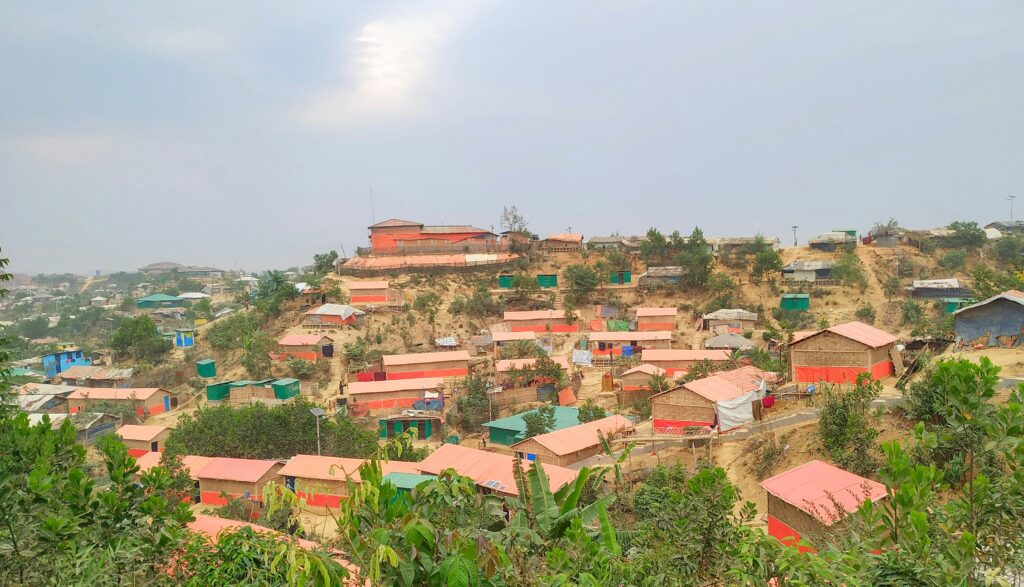
Despite efforts to suppress it, the language survives through oral storytelling and community use, often in refugee camps or displaced populations. Interacting with the Rohingya language is an act of honoring the identity and humanity of a people long denied both.
Dari and Pashto
Dari is a Persian dialect and one of the two official languages of Afghanistan; Pashto is the other. Dari is known for its poetic tradition, closely related to classical Persian, while Pashto is deeply tied to Pashtun tribal culture.
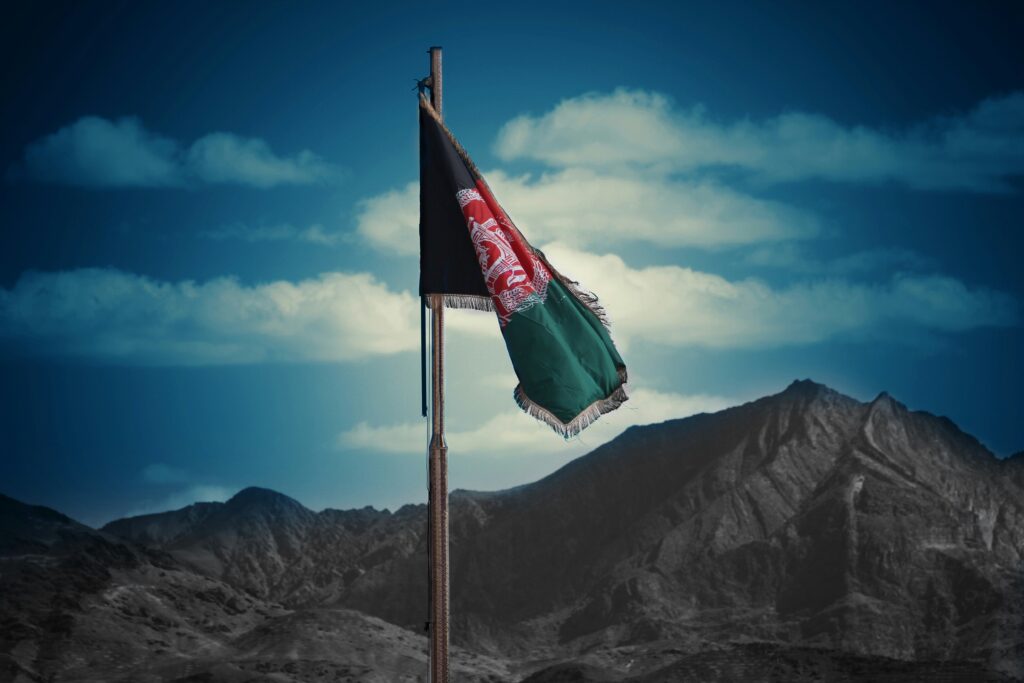
Many Afghan families today carry the weight of conflict, migration, and rebuilding – and their languages reflect both these stories and their cultural pride. Dari and Pashto speakers often navigate multiple cultural worlds, preserving oral traditions and navigating new systems with strength and grace.
Burmese
Spoken by the majority ethnic group in Myanmar, Burmese uses a unique script derived from ancient Brahmi. It is tonal and syllable-timed, with deep connections to Theravāda Buddhist texts and traditions.

Cultural expressions in Burmese are marked by politeness, metaphor, and spiritual allusions. The language is a reflection of a complex and diverse nation, shaped by both colonization and resistance.
Tagalog (Filipino)
Tagalog is one of the two official languages of the Philippines (alongside English) and is the foundation for Filipino, the national language. It blends indigenous roots with Spanish, English, and regional influences, creating a flexible, expressive vocabulary.
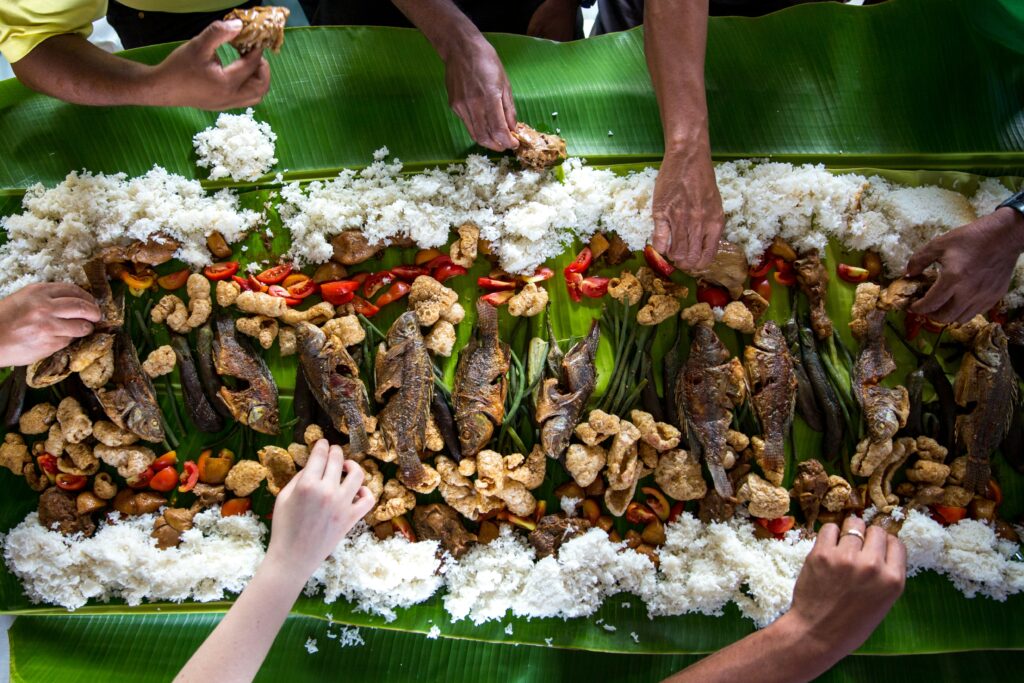
Filipino communities across the globe – especially in the U.S., Canada, and the Middle East – keep the language alive not only through conversation, but also through music, food, and faith traditions passed down through generations.
Korean
The Korean language (Hangul) is often admired for its logical script, created intentionally in the 15th century to promote literacy. Korean is spoken in both North and South Korea and across global communities connected by K-pop, tech, and family ties.
Beneath the modern popularity is a language rich in honorifics, hierarchical structure, and emotional nuance – capturing everything from collective memory to personal longing.
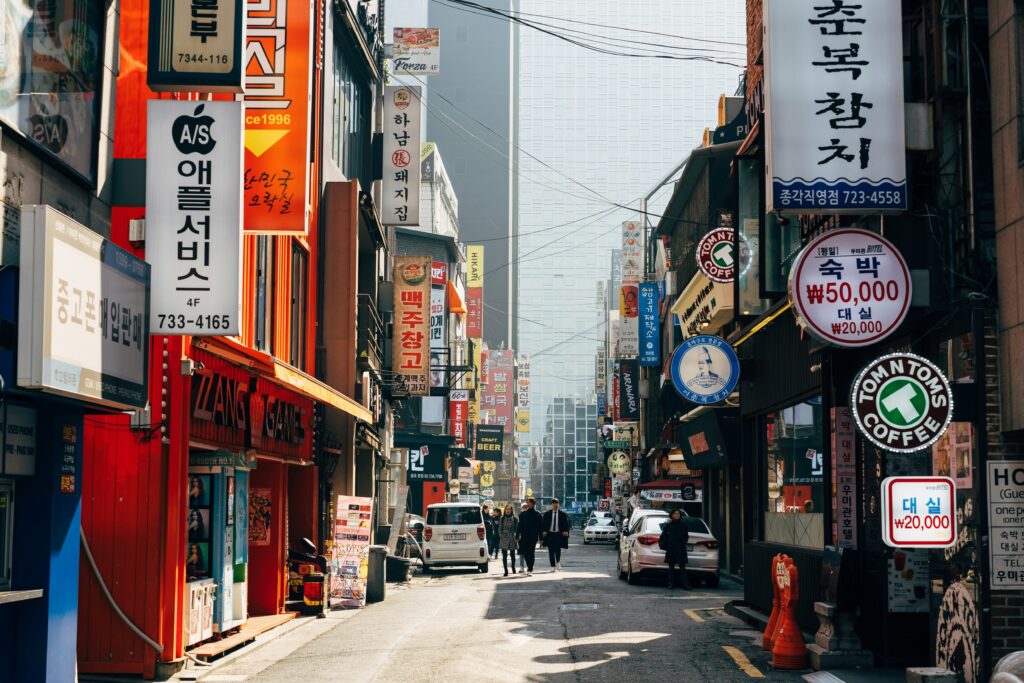
Language is Identity. Language is Power.
When we honor a language, we honor a people. We recognize their right to be heard in their own words – not just translated, but understood.
True communication requires more than word-for-word accuracy. It calls for cultural sensitivity, especially when supporting individuals navigating unfamiliar systems – whether in a hospital room, a courtroom, or a humanitarian aid setting. Our interpreters and translators are trained not just in language fluency, but in listening with empathy, adapting tone, and understanding cultural context. These human elements matter, especially for clients with trauma histories or from communities whose languages have been marginalized or politicized.
Localization is one of the language aspects our remote language professionals focus on the most, and they take care to preserve the cultural resonance of every message. From health education materials to public service campaigns, it’s not enough to translate language literally – we ensure that every word fits the audience it’s meant to reach.
We recently explored this challenge in our blog on how non-profit interpreting can enhance impact through cultural adaptation, and how successful localization can prevent serious miscommunication in our updated article on cross-cultural marketing missteps and transcreation. Check these resources out!
Contact Us to Strengthen Your Asian Language Communications
This AAPI Heritage Month, we’re reminded that the work of language access is also the work of honoring cultural identity. Whether it’s through real-time interpretation, carefully transcreated documents, or localized outreach campaigns, we believe every person deserves to be understood in a way that respects both their language and their lived experience.
If your organization serves Asian language-speaking communities, we invite you to explore how culturally sensitive interpreting, translation, and localization can deepen trust – and strengthen your impact among your global audiences. Contact us today to learn more.